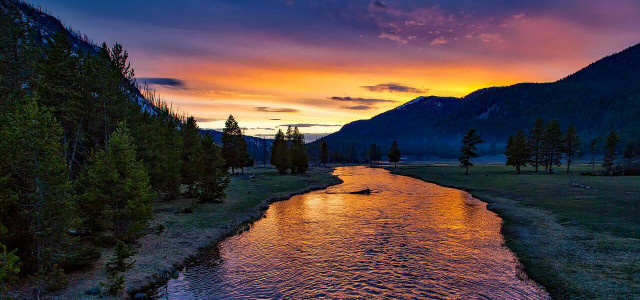Though the wrongs committed against Native American tribes can never be undone, returning national parks can contribute to reconciliation and to a more sustainable future.
The current sociopolitical climate in the United States has us reckoning with our history and our present. We are reckoning with our history as a country that was founded through slavery, land theft, oppression, and genocide, and how that history has shaped our country in the present. The choices we make now will have significant consequences for our future: the impact of the climate crisis on our children, ourselves, and future generations is a stark example.
The forceful and violent theft of land from the more than 600 tribes that lived in what is now the United States resulted in death and destruction among once-flourishing peoples. There have also been considerable environmental repercussions. We may never understand the breadth of damage incurred by removing Native American tribes from their ancestral lands. However, there is ample research being conducted to better understand the knowledge systems different Native American tribes had in relation to the land.
This article addresses the idea of returning national parks to Native American tribes — a concept popularized by scholar David Treuer after the publication of his article, “Return the National Parks to the Tribes,” in The Atlantic. This article will look at the essence of Treuer’s arguments in an attempt to understand the history of land theft and how returning national parks may help reach a future of reconciliation and equality while also contributing to sustainability.
Read More: The 10 Best National Parks to Visit in Winter
Should We Return the National Parks to the Tribes? Yosemite Case Study
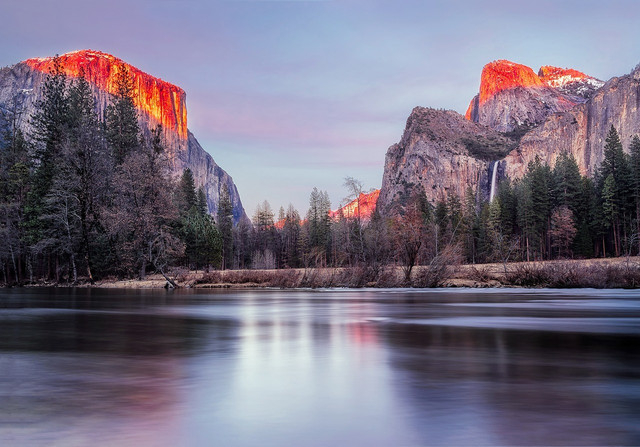
(Foto: CC0 / Pixabay / 12019)
When debating whether national parks should be returned to Native American tribes, it’s important to consider how these parks were created.
Yosemite National Park is a world-renowned site beloved for its endless number of features, from ancient sequoia trees and iconic bridal falls to canyons, cliffs, mountain peaks, and valleys. While Yosemite may now be a dream destination for nature enthusiasts, it hasn’t always been the recreational site we know it as today.
When explorers first set foot in Yosemite Valley, it wasn’t called Yosemite at all. It was then known as the Ahwahnee Valley, home to the Miwok people, one of seven tribes belonging to the Ahwahneechee people. For millennia, they were the sole inhabitants of the land — until the start of the gold rush, which brought European and Euromerican people to the West.
Conflict between the Miwok tribe and a new nearby mining camp called the Mariposa Battalion eventually escalated, but it was the mission of the Mariposa to remove the Miwok one way or another. The Miwok’s wigwams, or straw huts, were set on fire by the battalion, a tactic frequently used in the Indian Wars to stir panic and catch inhabitants off guard. From a few historical records that remain, it is purported that the Mariposa Battalion sought conflict, while the Miwok recoiled and hid. Twenty-three people from the tribe would die and the remaining Miwok survivors fled further into the mountains, never able to return to their homeland again.
Yosemite became the fifth national park in 1872, thirty-nine years after the battalion’s attack.
Repercussions of the National Park System



(Foto: CC0 / Pixabay / 12019)
The Yellowstone National Park Protection Act of 1872 was the first of many acts which would protect natural preserves and permit travelers the ability to enjoy the majestic wilderness they protect. The result was that while white Americans could visit the parks, Native Americans were prevented from ever settling in their homelands again.
Incidents similar to the Mariposa massacre in the site of Yosemite National Park would ravage many Native American tribes across the West. Land was taken, treaties were broken, and wars were rampant around emerging national parks. The creation of this system which sought to protect these beautiful lands portrayed tribes as intruders of their ancestral lands and no longer allowed them to live, hunt, or forage in the parks. Indeed, any treaty that appeared to be a compromise between the US government and tribes would be broken by the end of the 20th century. The government would force these tribes onto reservations, leaving many to live on unfamiliar lands with unworkable soil, decimating the health of many communities among them for generations.
Native American Tribes and Traditional Ecological Knowledge (TEK)
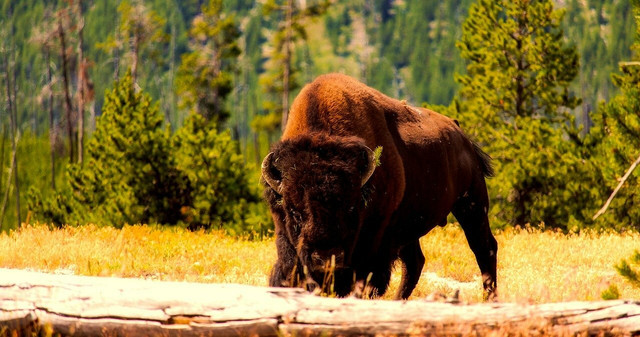


(Foto: CC0 / Pixabay / 12019)
Prior to the 19th century, most European and American policy dealt with natural landmarks solely as sites of extraction for the purpose of gaining resources such as food, clothing, and shelter. In Europe, the closest concept to wilderness preservation involved the endeavors of wealthy landowners who sought to conserve trees for timber and wildlife for hunting.
In contrast, various tribes in the land that would later become the United States have developed deep and symbiotic understandings of the wilderness of North America for millennia based on a holistic philosophy of interconnectedness between plants, fauna, fungi, weather patterns, human interaction, and more.
This is known as Traditional Ecological Knowledge (TEK) and scientific and environmentalist communities are beginning to respect and understand it more as a holistic approach to land management by indigenous peoples who have cultivated localized knowledge specific to their environment for thousands of years.
Academia has also turned its attention to exploring how Indigenous cultivation of lands, through various techniques, has contributed to the characteristics of the wilderness of the US. For example, parts of the Great Plains were maintained by tribes for hundreds of years through controlled burns, which encouraged forest health and helped wildlife and tribes coexist.
In contrast to TEK, western approaches have historically sought to isolate different aspects of the natural world and address them individually, instead of treating these various aspects as pieces of intricate, connected systems. For example, TEK might criticize the way endangered species are targeted as isolated populations, as opposed to the more holistic approach of restoring the health of the ecosystem these species belong to.
TEK and Wildfires
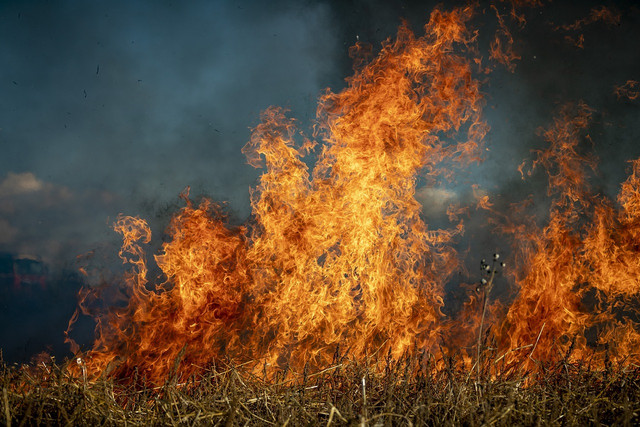


(Foto: CC0 / Pixabay / fish96)
In contemporary times as in ancient ones, tribal governments and communities are thinking about, and planning for, events that have the potential to greatly disrupt their lands and peoples. They’re preparing for natural disasters, prolonged drought, and other possible consequences of climate change using both traditional methods and 21st-century technology.
Prescribed burns are a tool used by tribes long before colonial contact. However, these burns were prohibited when settlers started taking control and governing lands previously stewarded by Native American people. The Karuk tribes in Southern California, for example, have stewarded their “1.48 million-acre ancestral land in the Klamath River Basin for millennia.” Their way of taking care of their environment included controlled burns, watershed protections, and plant husbandry. This intricate system developed over the course of millennia was disrupted when California became a state.
Like many tribes, the Karuk dealt with being tossed aside and underestimated. Despite this, in recent years, they have become more involved in wilderness stewardship again as the effects of climate change become a more pressing reality. The Karuk and other tribes of the region have returned to using prescribed burn techniques in order to face the immense threat of wildfires that rage each summer. Controlled burns “mitigate the magnitude and destructiveness of wildfires that threaten this fire-adapted land.”
The practice of prescribed burns is one of many techniques within TEK, and this type of knowledge is not isolated to the Native American tribes of the US. TEK applies to indigenous groups across the world who protect 80% of the Earth’s biodiversity in wilderness areas, despite the fact that they only make up 5% of the world’s population.
Returning National Parks to Native American Tribes: Critical Voices



(Foto: CC0 / Pixabay / 12019)
Arguments against returning national parks to tribes tend to focus on two issues. The first perspective proponents of this position offer is that our generation is not responsible for the sins of our ancestors, and furthermore, that practices such as reparations are steeped in identity politics that result more in greater division than unity.
The next piece of criticism suggests that this concept is impractical because national parklands are too vast and too great a responsibility for the populations of native communities across the US. There is a worry here that they would not have the resources or governing ability to provide proper maintenance for the parks.
So Should We Return the National Parks to the Tribes?
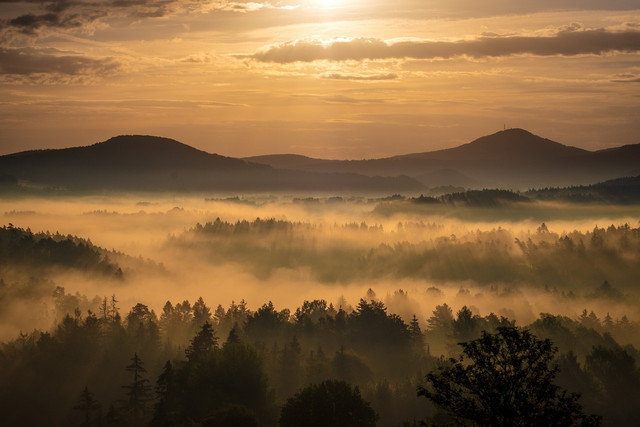


(Foto: CC0 / Pixabay / JancickaL)
Returning the national parks to Native American tribes across the United States would be a huge project both in policy and practice. Despite the worry that such an act would divisive and cause increased conflict, there is no denying that the vast amount of Traditional Ecological Knowledge that many tribes possess would be an invaluable tool in fighting climate change.
While this would take decades to execute, it is vital that more progressive policy change take place if we ever hope to seriously address the climate change crisis. Furthermore, it can be argued that Native Americans should be returned the land that was taken from them and which they safeguarded for thousands of years.
As Faun Sharp — president of the National Congress of American Indians and Vice President of the Quinault Indian Nation — said, “I see this as an opportunity to reconcile that past, to heal that past, and to recognize the deep knowledge and wisdom that a Native American brings to that post (of stewardship over national parks).”
Read more:
- Tropical Rainforest Ecosystems: Why Are They Important?
- 8 Things You Can Do to Save the Ocean
- Native Gardening for Wildlife: Benefits and Tips for Beginners
Do you like this post?






